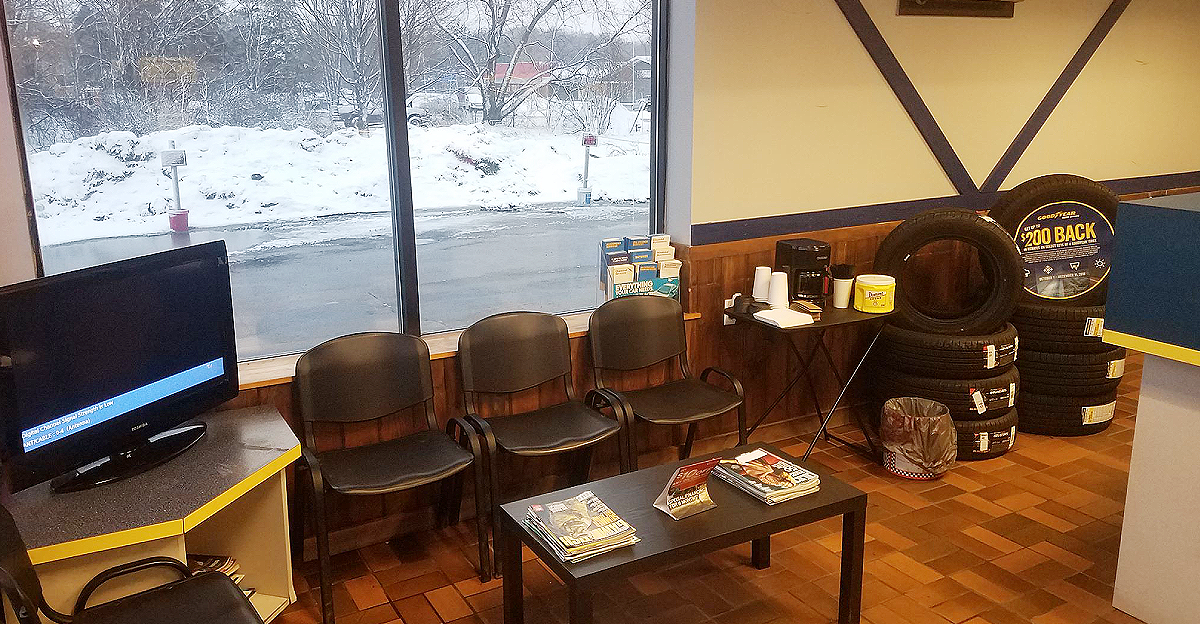
Automotive service experts say an unprecedented storm is brewing: shrinking demand, surging costs, and a critical labor gap. 2023 saw repair and maintenance bills jump sharply – far outpacing inflation – as consumers cut back on non-essentials. Online searches for general “auto repair” terms fell 45–55% year-over-year, reflecting households postponing work.
Consumer spending on discretionary vehicle services has plummeted as budgets tighten and interest rates climb. Meanwhile, 72% of technicians report their shops aren’t effectively training new workers. This convergence of headwinds is forcing even large chains to rethink strategy.
Mounting Pressures

Inflation has hammered the aftermarket. Rising material and freight costs are crushing profit margins, and tire prices alone are up 21.4% over two years. As prices climb, many car owners trade down to cheaper options: recent data show lowest-cost “tier-4” tires overtook premium-tier sales in 2024.
Over half of repairers (56%) now expect customers to delay or skip essential repairs to save money. With interest rates near two-decade highs, even routine maintenance is often postponed.
Industry Evolution
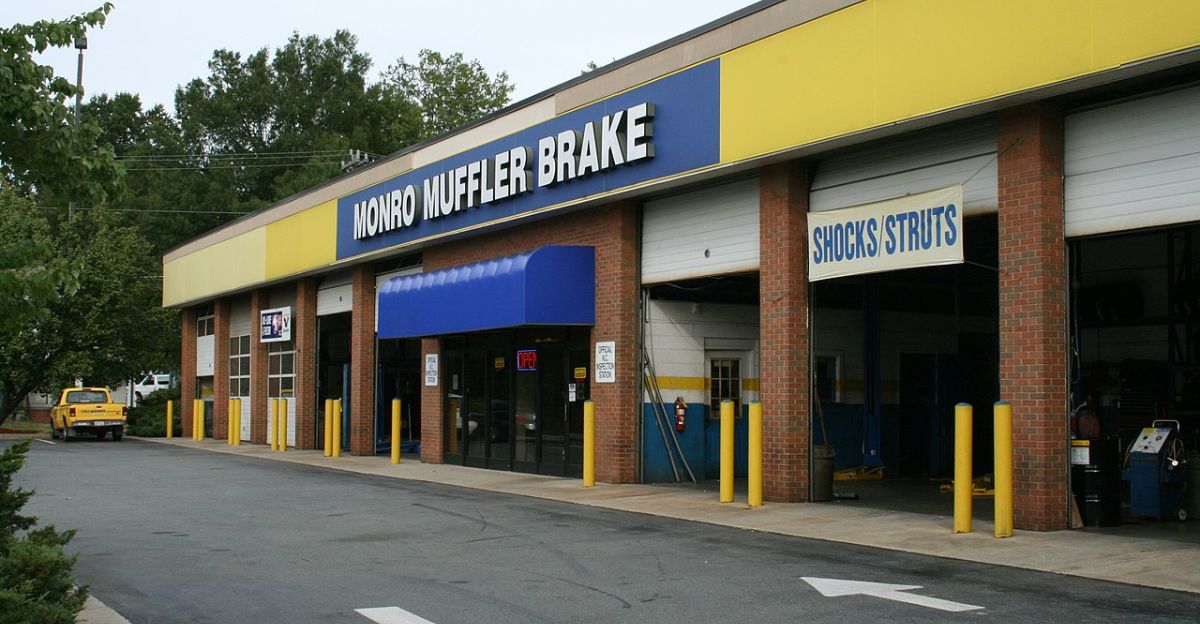
Founded in the Eisenhower era by pioneers like Charles August’s 1957 muffler shop, the auto service industry has grown into a roughly $187.5 billion market. But the traditional repair model now faces its toughest test. Electric vehicles require about 40% less maintenance than gasoline cars, and even older cars increasingly rely on software-driven systems.
Repair shops must invest in battery safety gear and software-savvy diagnostics.
Tightening Squeeze

Technician shortages have reached emergency levels. Nearly half of current auto techs are over age 45, meaning a wave of retirements looms and few young people are entering the trade. Many high schools no longer teach automotive skills, and training costs have spiked as shops must purchase EV diagnostic tools.
One industry report found roughly 27% of regional shops have three or more technician vacancies, yet 28% still service over 10 cars a day.
Historic Announcement
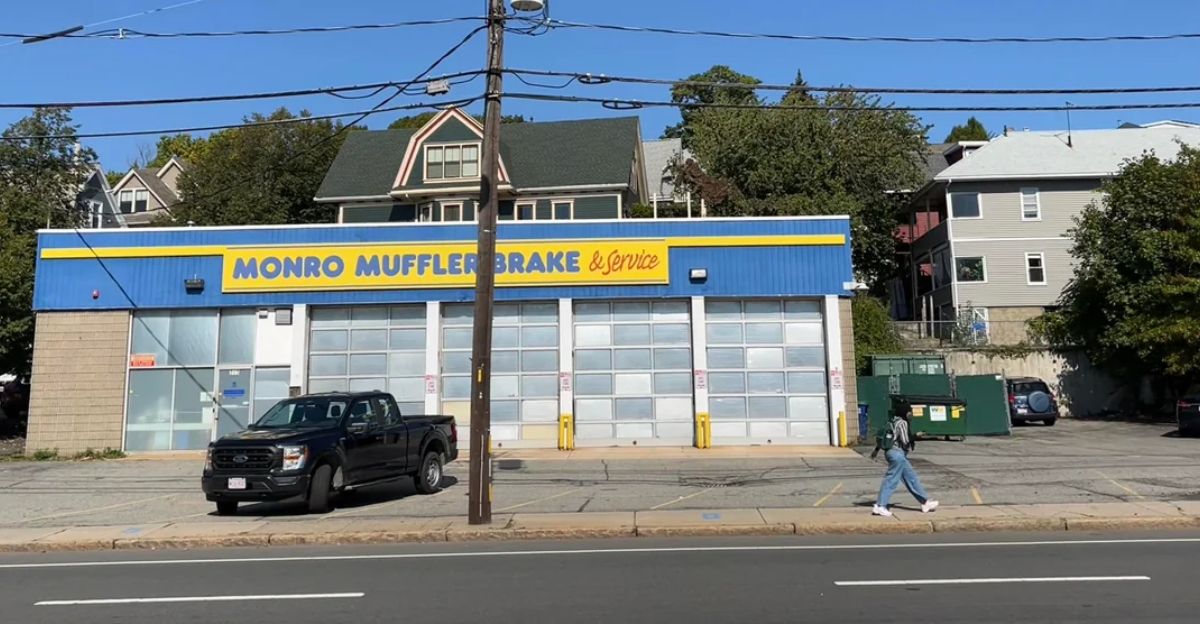
On May 28, 2025, Fairport, N.Y.–based Monro Inc. announced it will shutter 145 underperforming stores – 11.5% of its 1,308 locations – the largest downsizing in its 68-year history. The announcement followed a fiscal 2025 net loss of $5.2 million, versus $37.6 million profit a year earlier.
New CEO Peter Fitzsimmons called closing 145 stores “a key focus” of the company’s turnaround plan.
Regional Fallout
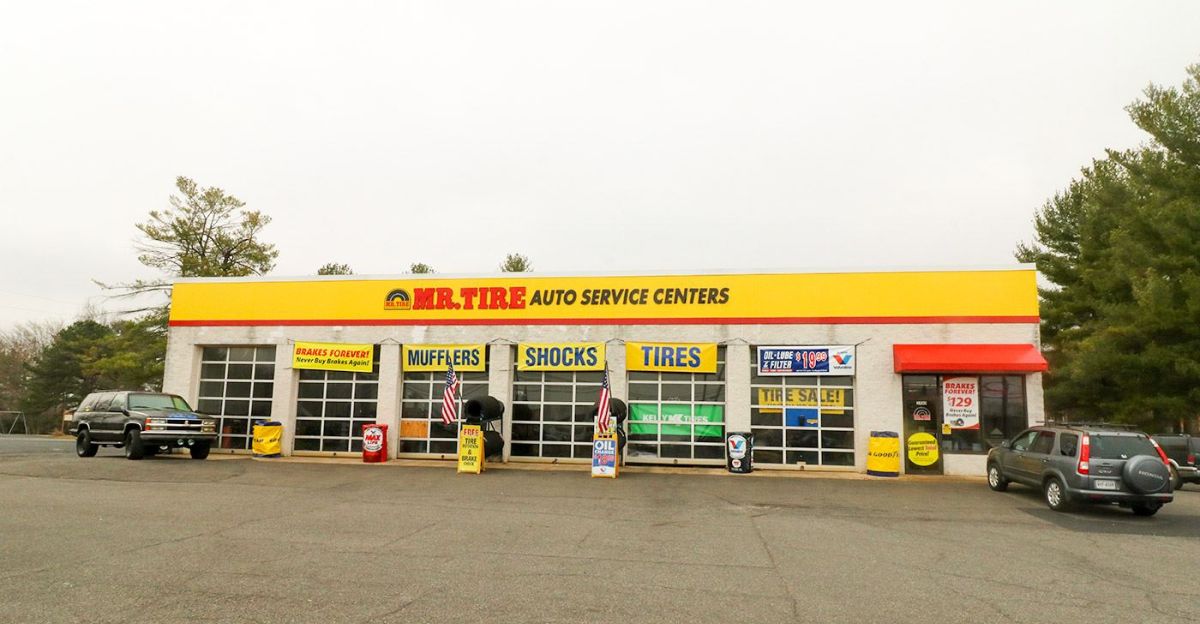
The closures will reverberate across Monro’s multi-brand network (Mr. Tire, Tire Choice, Ken Towery, etc.). Many local markets – especially in the Northeast and Midwest – will suddenly have fewer service options. In some areas, only 28% of shops employ five or more technicians, yet the same share services over 10 vehicles daily – underscoring tight capacity.
Each closing store means roughly a dozen lost jobs, and local parts suppliers and real estate markets will feel the pinch.
Human Impact
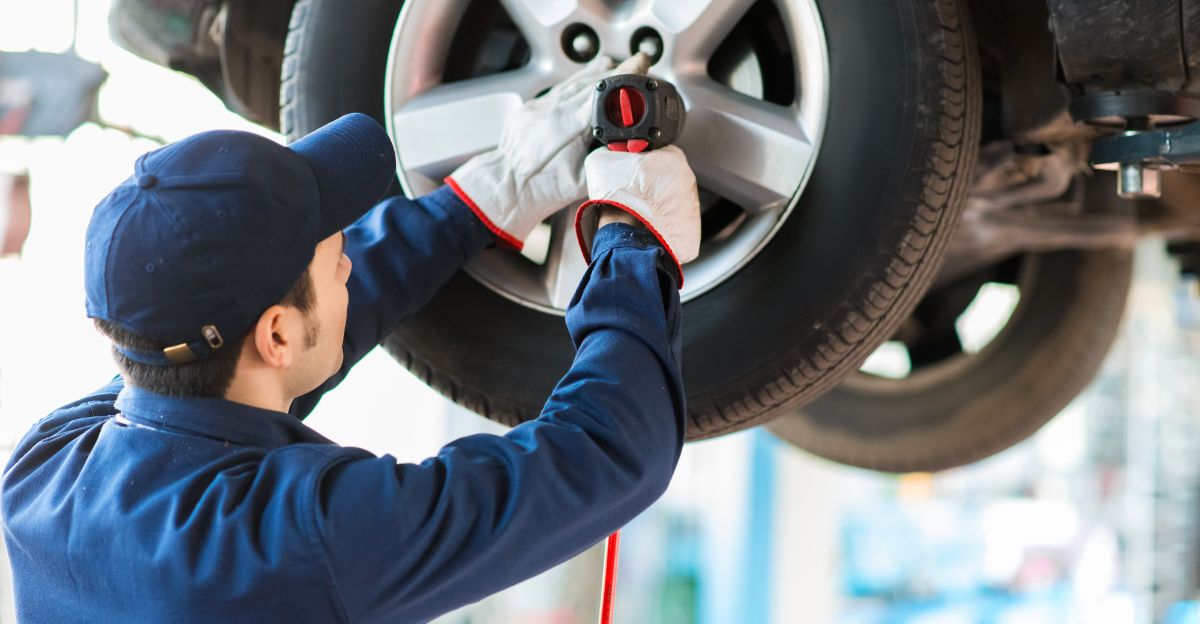
The human toll is immediate. Monro estimates roughly 1,160–1,740 jobs will disappear. For workers, the news came as a shock. One 12 News viewer at a Binghamton shop reported that staff were told to “clear out” their tools on the same day the layoffs were announced.
These technicians and managers had built careers in these local shops – now many face sudden unemployment in a tight labor market. Affected families must make tough choices about relocating, retraining or changing careers in an industry already short on opportunities.
Competitive Landscape

The U.S. automotive service market remains highly fragmented: the top five companies control only about 10–15% of sales. Driven Brands (owner of Meineke, Maaco, etc.) now has roughly 4,500 locations, and giants like Firestone, Jiffy Lube and Midas lead many regions. Independent shops still comprise the majority of the industry and must compete on price and specialized expertise.
All providers face the same margin pressures and EV upskilling costs.
Industry Transformation

Electric vehicles are fundamentally reshaping the industry. Roughly two-thirds of shops now service BEVs or hybrids, and of those, 95.6% saw an increase in EV business over the past two years. In response, about 43% of shops have acquired EV-specific diagnostic tools, and 42% have upgraded their technicians with EV training.
As more EVs hit the road, traditional services like oil changes, brake jobs, and exhaust work will shrink. Instead, shops must focus on high-voltage battery checks, software diagnostics and advanced electronics maintenance.
Future Reckoning
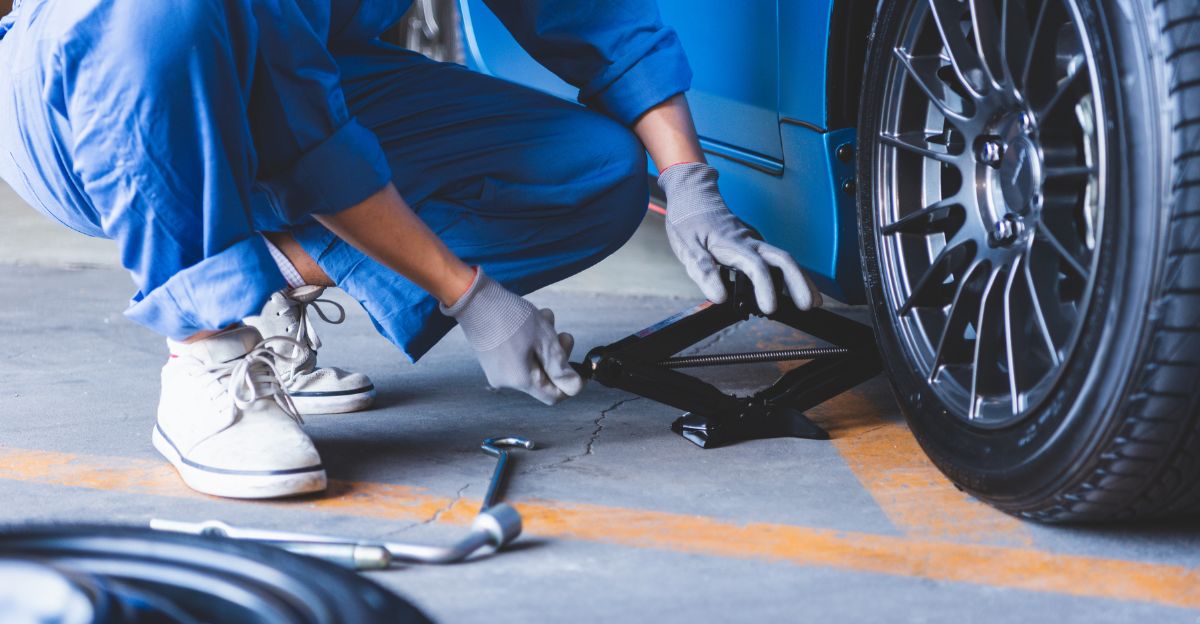
Now comes the reckoning. Can legacy service chains adapt to the electric future and economic squeeze? Observers predict further consolidation as smaller shops lack resources for costly EV upgrades and regulatory changes. Consumer attitudes are shifting too: 75% of car owners say they support right-to-repair laws for competitively priced parts.
As UK industry leader Bill Fennell puts it, “this shows a juxtaposition of rising costs on one hand, and less revenue due to consumers delaying repairs… setting the scene for a more challenging trading environment”.
Adaptation Strategies

In response to these challenges, many service providers are innovating. Chains are expanding offerings (for example, adding EV charging stations or mobile maintenance vans) and strengthening digital services like online scheduling and remote diagnostics. Some are diversifying into related businesses (auto glass, oil clubs, retail parts sales) to stabilize revenue.
Training academies and partnerships with technical schools are also emerging to build the future workforce.
Regulatory Landscape

Meanwhile, regulators are intervening. Right-to-repair laws are gaining traction: consumers overwhelmingly back access to affordable parts and diagnostics. Federal and state initiatives may soon ease access to EV data and independent maintenance tools. At the same time, new emissions and safety standards (like mandatory inspections and ADAS calibration) impose compliance costs.
Charging infrastructure mandates could boost long-term service demand.
Innovation in Service
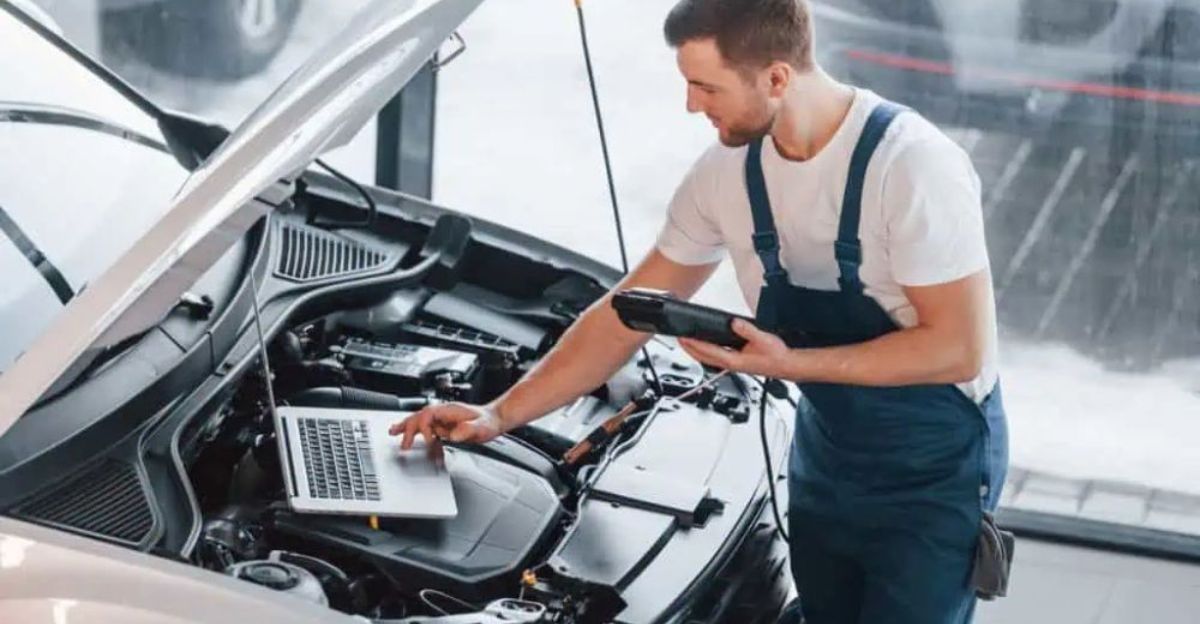
Shops are also innovating on the service side. Advanced driver assistance systems (ADAS) – such as automatic braking and lane-keep – require regular calibration by specialists. Vehicle software updates and cybersecurity checks are now part of routine service. Some shops experiment with subscription maintenance plans or vehicle data services.
Electric utility partnerships (for fleet charging stations) and fleet service contracts (e.g. ride-share vehicles) are growing areas.
Consumer Pressures
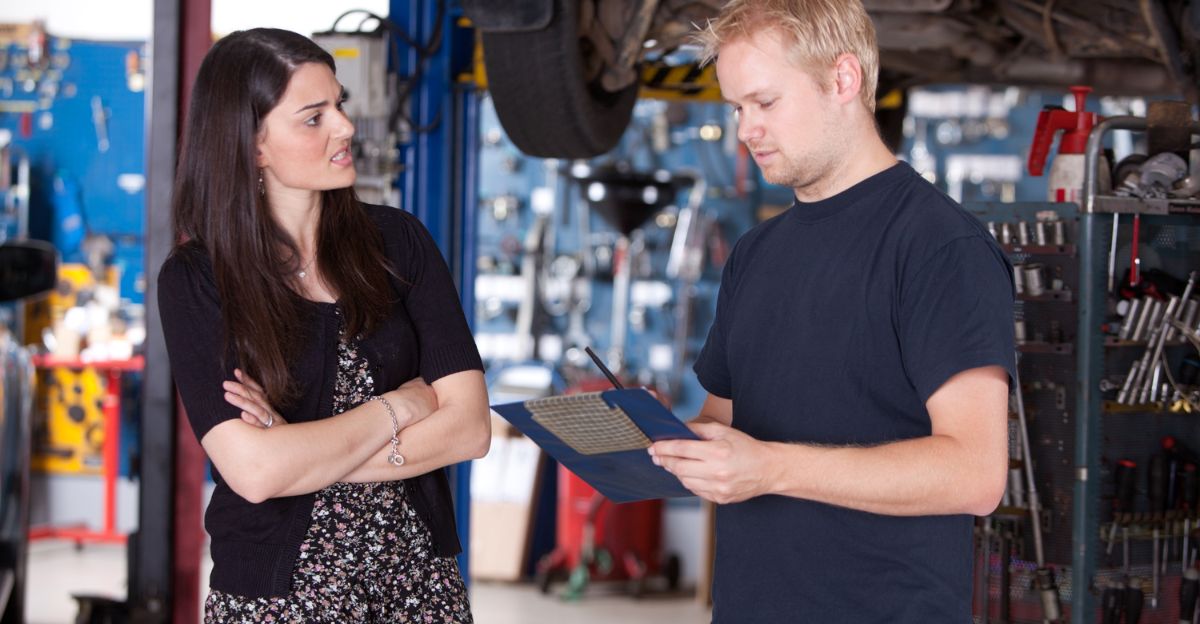
Consumers themselves are feeling the pinch. A recent survey found that drivers are “being financially squeezed, depleting savings, taking on debt or even delaying critical repairs just to stay afloat”. In this environment, more motorists shop for the cheapest parts or consider DIY fixes.
Many support aftermarket or remanufactured parts to cut costs. For repair shops, this means the old volume of maintenance work may never fully return. Once-delayed engine or brake repairs could become permanently foregone revenue.
Outlook and Beyond
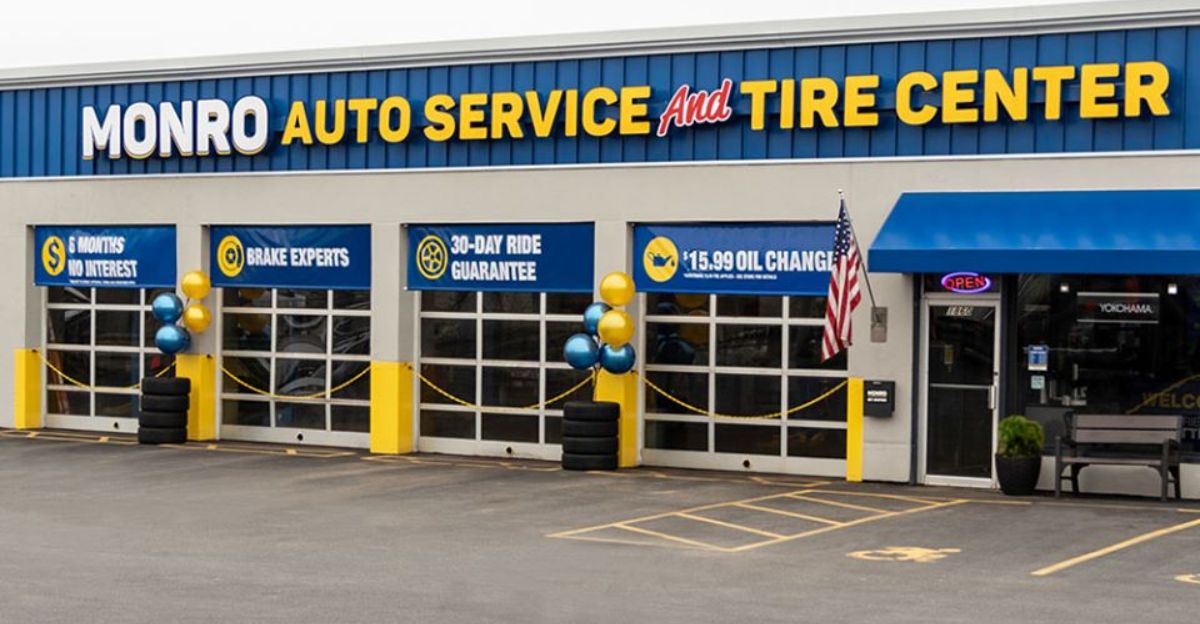
In summary, the auto repair sector is at a crossroads. Recent closures like Monro’s signal tough choices ahead industry-wide. Consolidation will likely continue, and companies must revamp their business models. The shift to electric vehicles, persistent inflation and changing consumer habits mean that shops need new skills and efficiency – or they will be left behind.
Yet there is a path forward: the industry’s history shows it can adapt.
